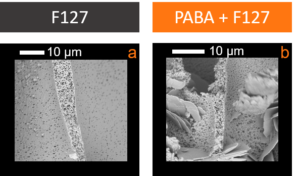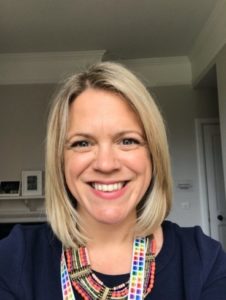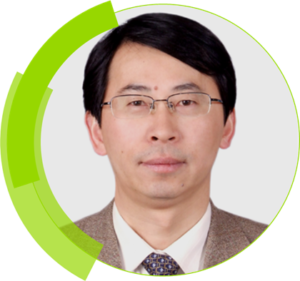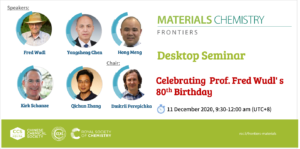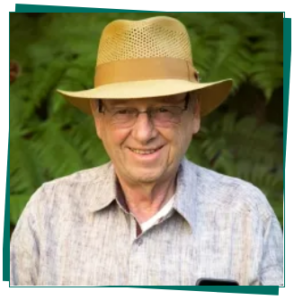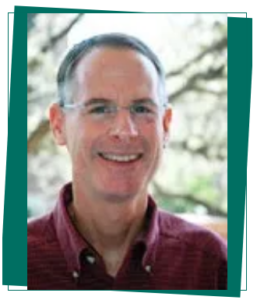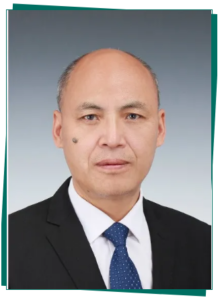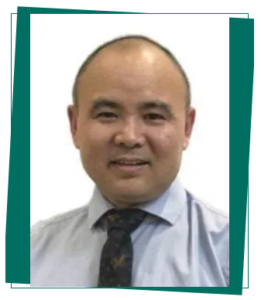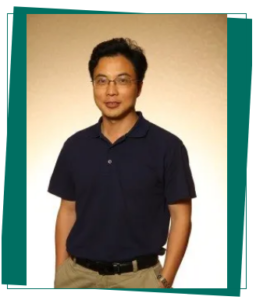Polymer membranes are an important class of materials that find use in a wide variety of fields. The suitability of a polymer membrane often requires careful tuning of their properties to the target application. This must be balanced with the cost of any modification. Hence the non-solvent induced phase separation method (NIPS) is a common route of manufacture for polymer membranes, as it is easy to accomplish on a commercial scale at low-cost.’
In the NIPS method, the polymer of choice is first dissolved in a good solvent, along with any additives, before its immersion in a non-solvent to produce the membrane morphology. This morphology typically shows a dense skin-layer with smaller pores above a layer of larger finger-like vertical pores. By careful choice of additive, some of the membrane properties, including hydrophilicity and microstructure, can be modified.
Poly(ethersulfone) (PES) is a material commonly used for water filtration membranes, chosen for its good mechanical, thermal and chemical properties. Use of an amphiphilic surfactant additive has been shown to produce a membrane with a larger and more well-defined microstructure in the larger finger-like pore regime, as well as increasing the surface hydrophilicity, a key requirement for reduction in biological fouling.
This work by Southern and Evans of the University of Cambridge introduces an additional level of structural hierarchy by the use of a second template molecule, 4-(phenylazo)benzoic acid (PABA), as well as the surfactant Pluronic® F127 (F127) to allow templating of both the dense skin layer and the larger pores. This addition of PABA leads to a more fibrous structure at the 1μm level, leading to higher pore connectivity and permeability, compared to membranes templated only with F127 (Figure 1).
Figure 1a. shows the poor connectivity of the skin layer of a membrane templated with only F127, compared to the fibrous structure of a membrane templated with both F127 and PABA shown in Figure 1b.
Their work demonstrates that this fibrous structure leads to a remarkable increase in flow rate that is improved further by the subsequent removal of the PABA. Extraction using ethanol is shown to provide an excellent approach for removal. This extraction method also allows recycling of the PABA for further membrane manufacture.
This dual-template approach, as part of the NIPS process, can be used to easily modify membrane manufacture, producing membranes exhibiting a hierarchical structure with improved pore connectivity, which could find use as energy materials or in water filtration.
Authors:
Dr Rachel C. Evans
Dr Rachel Evans obtained her MChem and PhD in Physical Chemistry from Swansea University. She was a Marie Curie Postdoctoral Fellow at the Université Paris-Sud, France and subsequently held an FCT research fellowship between the University of Coimbra and the University of Aveiro, Portugal. From 2009-2016, she was an Assistant, then Associate Professor in Physical Chemistry at Trinity College Dublin (TCD). In 2017, Rachel moved back to the UK to take up a University Lectureship at the University of Cambridge in the Department of Materials Science and Metallurgy. Rachel’s research is multidisciplinary and involves polymer, colloid and photophysical chemistry. Her current work is focused on the development of photoactive polymer-hybrid materials for luminescent solar devices, organic photovoltaics and stimuli-responsive membranes. She is a Fellow of the Royal Society of Chemistry and the Institute of Materials, Minerals and Mining and. In 2017, she was awarded the Dillwyn Medal for STEMM from the Learned Society of Wales and the MacroGroup UK Young Researcher’s Medal.
Thomas Southern graduated from the University of Cambridge with an MSci and B.A. in Materials Science. In 2017, Thomas began his PhD as part of the Functional Photoactive Materials group at the Department of Materials Science and Metallurgy, within the University of Cambridge. Thomas’ work, funded by an EPSRC studentship, focuses on hierarchically porous membranes for environmental remediation.
Article information:
Dual-template approach to hierarchically porous polymer membranes
Thomas J. F. Southern and Rachel C. Evans
Mater. Chem. Front., 2021, Advance Article
https://doi.org/10.1039/D0QM00610F


